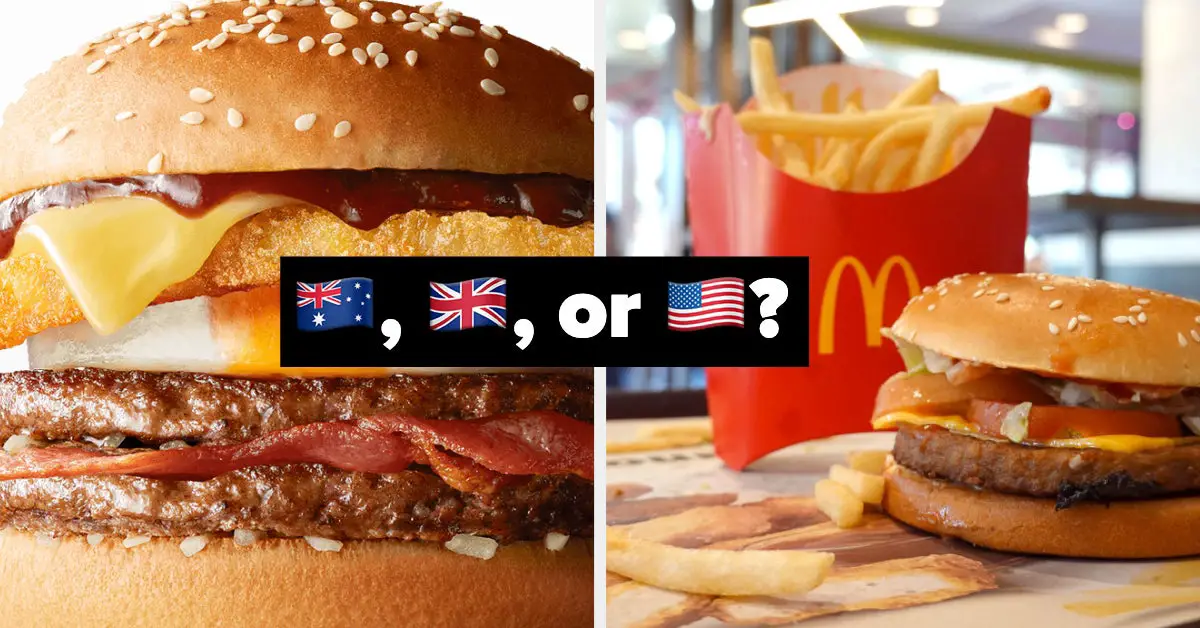Watch “Implement a simple Finite State Machine library in JavaScript” on egghead.io
If you’re like me, the first time you heard the words “state machine” you were a
little intrigued and as you dove in deeper, you were more confused than when you
started. I find that when I hit that situation, writing my own implementation of
the concept helps solidify the concept for me. So that’s what we’re going to do
together.
I’m not going to take time to try and explain state machines or their use cases,
so you’ll need to find
other resources for that. Here
I’m just going to go through what a simple state machine implementation might
look like. I wouldn’t recommend using this implementation in production. For
that, check out xstate.
There’s a brilliant website
(statecharts.github.io by
Erik Mogensen) where you can learn a lot about
this concept called “State Charts.” (A state chart is basically a state machine
with a few additional characteristics and it’s another thing I’d recommend
learning about.) On that website, there’s a page titled
What is a state machine?
where you can learn the fundamentals of what a state machine is and that’s where
we’re going to gather the parameters (or requirements) for our own state machine
implementation. Here are some of those (borrowed from the site):
- One state is defined as the initial state. When a machine starts to
execute, it automatically enters this state.- Each state can define actions that occur when a machine enters or exits
that state. Actions will typically have side effects.- Each state can define events that trigger a transition.
- A transition defines how a machine would react to the event, by exiting one
state and entering another state.- A transition can define actions that occur when the transition happens.
Actions will typically have side effects.
Also, “When an event happens:”
- The event is checked against the current state’s transitions.
- If a transition matches the event, that transition “happens”.
- By virtue of a transition “happening”, states are exited, and entered and
the relevant actions are performed- The machine immediately is in the new state, ready to process the next
event.
Ok, so let’s get started. Let’s start with something simple. A toggle! Here’s
our initial code:
function createMachine(stateMachineDefinition) {
const machine = {
// machine object
}
return machine
}
// here's how we'll create the state machine
const machine = createMachine({
// state machine definition object here...
})
// here's how we use the state machine
// comments are what we _want_ to have logged
let state = machine.value
console.log(`current state: ${state}`) // current state: off
state = machine.transition(state, 'switch')
console.log(`current state: ${state}`) // current state: on
state = machine.transition(state, 'switch')
console.log(`current state: ${state}`) // current state: off
We’ll start by filling out our state machine definition object and then we can
figure out how to make the state machine do what we want it to with that
information (ADD: API Driven Development).
One state is defined as the initial state. When a machine starts to
execute, it automatically enters this state.
Simple enough, we’ll have the user provide us with what that initialState
value should be:
const machine = createMachine({
initialState: 'off',
})
And we’ll probably want to have a definition for our states as well:
const machine = createMachine({
initialState: 'off',
off: {},
on: {},
})
Ok, great. Onto the next:
Each state can define actions that occur when a machine enters or exits
that state. Actions will typically have side effects.
So we need to allow the user to provide a function that will be called when on
enter and on exit for a given state:
const machine = createMachine({
initialState: 'off',
off: {
actions: {
onEnter() {},
onExit() {},
},
},
on: {
actions: {
onEnter() {},
onExit() {},
},
},
})
And we’ll add console.logs so we can check our work later.
const machine = createMachine({
initialState: 'off',
off: {
actions: {
onEnter() {
console.log('off: onEnter')
},
onExit() {
console.log('off: onExit')
},
},
},
on: {
actions: {
onEnter() {
console.log('on: onEnter')
},
onExit() {
console.log('on: onExit')
},
},
},
})
Ok, so now what’s next?
Each state can define events that trigger a transition.
Alrighty, let’s add a transitions property to our state definitions:
const machine = createMachine({
initialState: 'off',
off: {
actions: {
onEnter() {
console.log('off: onEnter')
},
onExit() {
console.log('off: onExit')
},
},
transitions: {},
},
on: {
actions: {
onEnter() {
console.log('on: onEnter')
},
onExit() {
console.log('on: onExit')
},
},
transitions: {},
},
})
The off state should be able to transition to the on state and we’ll call
that event “switch”. Then the on state should be able to transition to the
off state as well and it makes sense to call that “switch” as well, so let’s
add a switch property to our transitions object:
const machine = createMachine({
initialState: 'off',
off: {
actions: {
onEnter() {
console.log('off: onEnter')
},
onExit() {
console.log('off: onExit')
},
},
transitions: {
switch: {},
},
},
on: {
actions: {
onEnter() {
console.log('on: onEnter')
},
onExit() {
console.log('on: onExit')
},
},
transitions: {
switch: {},
},
},
})
Sweet. And the next one:
A transition defines how a machine would react to the event, by exiting one
state and entering another state.
Ok, so I think that we can specify a target for our transition event and when
that event comes around, our machine will transition us from the current state
to the target state:
const machine = createMachine({
initialState: 'off',
off: {
actions: {
onEnter() {
console.log('off: onEnter')
},
onExit() {
console.log('off: onExit')
},
},
transitions: {
switch: {
target: 'on',
},
},
},
on: {
actions: {
onEnter() {
console.log('on: onEnter')
},
onExit() {
console.log('on: onExit')
},
},
transitions: {
switch: {
target: 'off',
},
},
},
})
Cool, so when our state machine is in the off state and we call
machine.transition(state, 'switch') then it should transition from the off
state to the on state. We’ll implement that logic when we get to it, but so
far our definition has everything we need for that to happen.
Alright, let’s check out the last one for the definition:
A transition can define actions that occur when the transition happens.
Actions will typically have side effects.
Based on that, our state enter/exit can have actions, and our transitions can
have actions too. At first when I read this, I was confused because it felt like
two ways to do the same thing, but if you remember that in more real-world state
machines, there can be many ways to enter a state and maybe we want some
side-effect to happen only when transitioning to state A from a specific state B
but not from state C. So let’s add an action to our transition objects (and
we’ll put a console.log in there to keep track of it later).
const machine = createMachine({
initialState: 'off',
off: {
actions: {
onEnter() {
console.log('off: onEnter')
},
onExit() {
console.log('off: onExit')
},
},
transitions: {
switch: {
target: 'on',
action() {
console.log('transition action for "switch" in "off" state')
},
},
},
},
on: {
actions: {
onEnter() {
console.log('on: onEnter')
},
onExit() {
console.log('on: onExit')
},
},
transitions: {
switch: {
target: 'off',
action() {
console.log('transition action for "switch" in "on" state')
},
},
},
},
})
Excellent. We’ve fleshed out the API for the state definition object. Now let’s
implement what happens when transition is called.
When a user wants to create a machine, we’ve already specified this as the API:
const machine = createMachine({
// state machine definition object
})
machine.value // current state
machine.transition(currentState, eventName)
Technically, we could make our state machine default the current state to
machine.value, but I like the idea of transition accepting the current state
from the user (and this is what xstate does) so that’s what we’ll go with.
So here’s what we need for our initial implementation of createMachine:
function createMachine(stateMachineDefinition) {
const machine = {
// machine object
}
return machine
}
Let’s go ahead and add the value and transition properties:
function createMachine(stateMachineDefinition) {
const machine = {
value: stateMachineDefinition.initialState,
transition(currentState, event) {
return machine.value
},
}
return machine
}
Remember, currentState would be something like 'off' or 'on' in our case
and event would be 'switch' for our toggle example.
Great, now let’s go down the list and implement things one by one:
The event is checked against the current state’s transitions.
Alright, let’s grab the transitions object and determine the destination
transition.
function createMachine(stateMachineDefinition) {
const machine = {
value: stateMachineDefinition.initialState,
transition(currentState, event) {
const currentStateDefinition = stateMachineDefinition[currentState]
const destinationTransition = currentStateDefinition.transitions[event]
return machine.value
},
}
return machine
}
To be clear, the destinationTransition at this point for our off -> on
transition would be:
{
target: 'on',
action() {
console.log('transition action for "switch" in "off" state')
},
}
So here we’ve successfully accessed the transition information for this
currentState + event combo.
If a transition matches the event, that transition “happens”.
Ok, so if the user defined a transition from the current state with this event,
then we’ll continue, otherwise, we’ll exit early:
function createMachine(stateMachineDefinition) {
const machine = {
value: stateMachineDefinition.initialState,
transition(currentState, event) {
const currentStateDefinition = stateMachineDefinition[currentState]
const destinationTransition = currentStateDefinition.transitions[event]
if (!destinationTransition) {
return
}
return machine.value
},
}
return machine
}
By virtue of a transition “happening”, states are exited, and entered and
the relevant actions are performed
Ok, so we’ll need to call the action for the transition, the onExit for the
current state and the onEnter for the next state. To do that, we’ll also need
to get the destination state definition as well. Let’s do all of that:
function createMachine(stateMachineDefinition) {
const machine = {
value: stateMachineDefinition.initialState,
transition(currentState, event) {
const currentStateDefinition = stateMachineDefinition[currentState]
const destinationTransition = currentStateDefinition.transitions[event]
if (!destinationTransition) {
return
}
const destinationState = destinationTransition.target
const destinationStateDefinition =
stateMachineDefinition[destinationState]
destinationTransition.action()
currentStateDefinition.actions.onExit()
destinationStateDefinition.actions.onEnter()
return machine.value
},
}
return machine
}
And finally:
The machine immediately is in the new state, ready to process the next
event.
We’ve got to update the machine’s value which is the target for the transition
(which we’ve assigned to the destinationState variable):
function createMachine(stateMachineDefinition) {
const machine = {
value: stateMachineDefinition.initialState,
transition(currentState, event) {
const currentStateDefinition = stateMachineDefinition[currentState]
const destinationTransition = currentStateDefinition.transitions[event]
if (!destinationTransition) {
return
}
const destinationState = destinationTransition.target
const destinationStateDefinition =
stateMachineDefinition[destinationState]
destinationTransition.action()
currentStateDefinition.actions.onExit()
destinationStateDefinition.actions.onEnter()
machine.value = destinationState
return machine.value
},
}
return machine
}
Alright, so here’s the whole thing:
function createMachine(stateMachineDefinition) {
const machine = {
value: stateMachineDefinition.initialState,
transition(currentState, event) {
const currentStateDefinition = stateMachineDefinition[currentState]
const destinationTransition = currentStateDefinition.transitions[event]
if (!destinationTransition) {
return
}
const destinationState = destinationTransition.target
const destinationStateDefinition =
stateMachineDefinition[destinationState]
destinationTransition.action()
currentStateDefinition.actions.onExit()
destinationStateDefinition.actions.onEnter()
machine.value = destinationState
return machine.value
},
}
return machine
}
const machine = createMachine({
initialState: 'off',
off: {
actions: {
onEnter() {
console.log('off: onEnter')
},
onExit() {
console.log('off: onExit')
},
},
transitions: {
switch: {
target: 'on',
action() {
console.log('transition action for "switch" in "off" state')
},
},
},
},
on: {
actions: {
onEnter() {
console.log('on: onEnter')
},
onExit() {
console.log('on: onExit')
},
},
transitions: {
switch: {
target: 'off',
action() {
console.log('transition action for "switch" in "on" state')
},
},
},
},
})
let state = machine.value
console.log(`current state: ${state}`)
state = machine.transition(state, 'switch')
console.log(`current state: ${state}`)
state = machine.transition(state, 'switch')
console.log(`current state: ${state}`)
And if you were to pop that up in your Chrome DevTools, here are the logs you’d
get:
current state: off
transition action for "switch" in "off" state
off: onExit
on: onEnter
current state: on
transition action for "switch" in "on" state
on: onExit
off: onEnter
current state: offAnd you can play around with this
in codesandbox.
I hope you found that interesting, informative, and entertaining. If you’re
really like to dive into this stuff further, then definitely give
statecharts.github.io a look and give
David Khourshid a follow. He’s on a personal
mission to make state machines more approachable and is responsible for my own
interest in the concept.
Good luck!






Leave a Reply